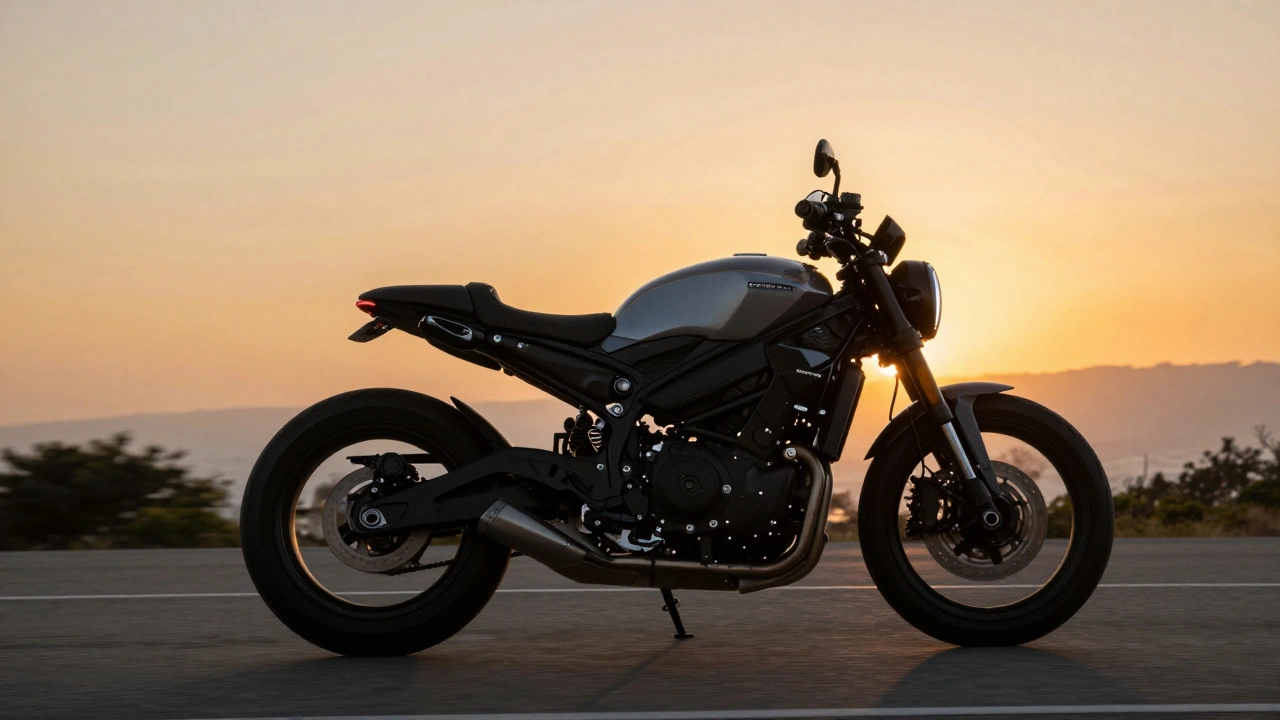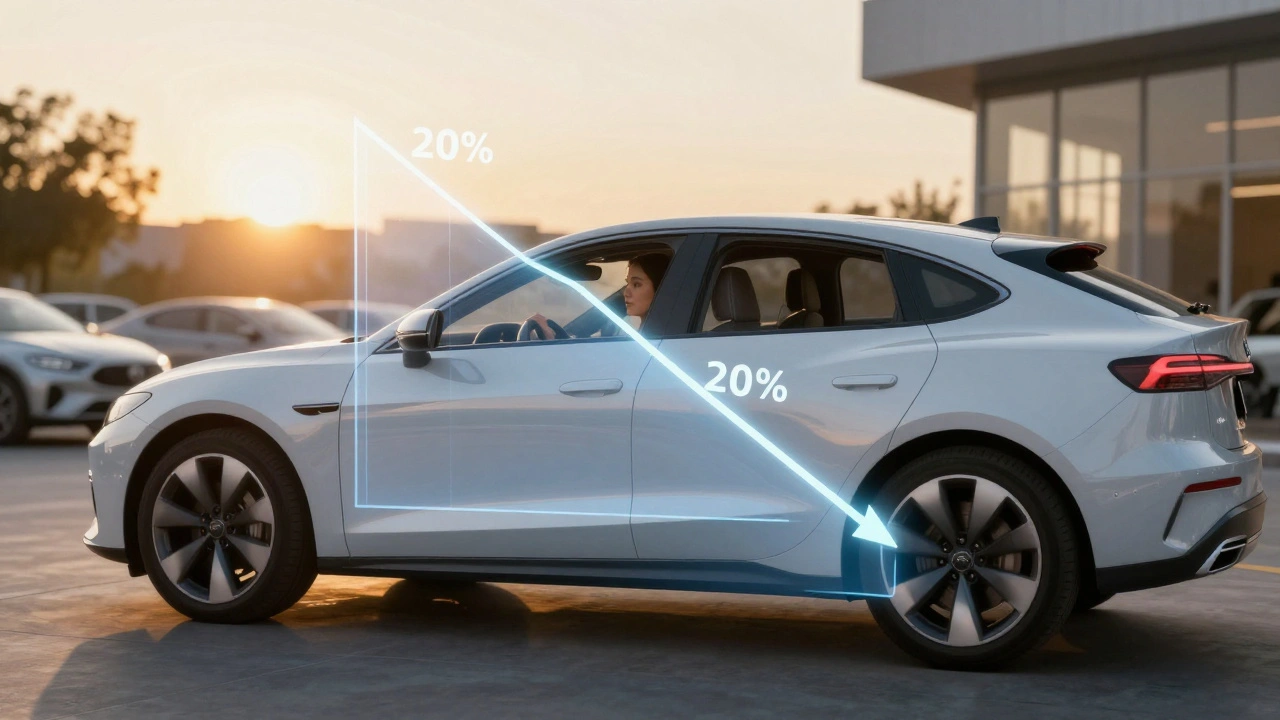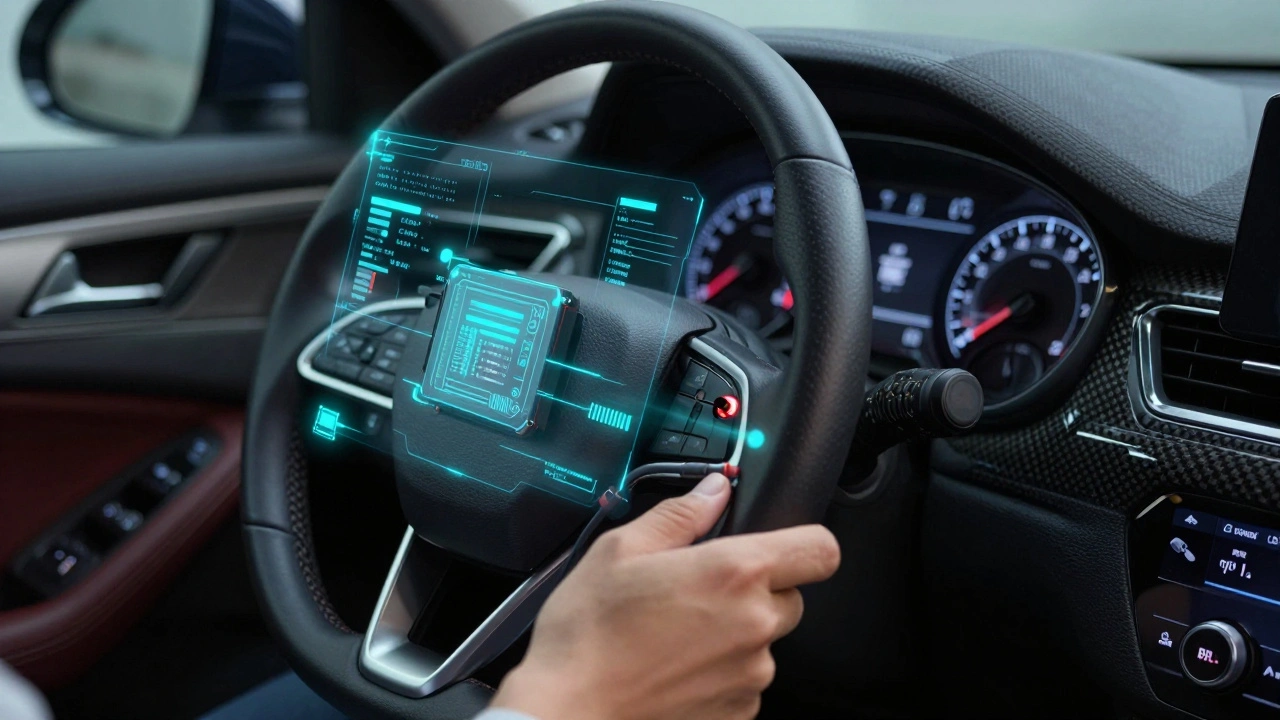Drowsiness Detection: How to Stay Alert and Safe on the Road
When you're tired behind the wheel, your reaction time slows, your focus slips, and your brain starts to shut down—drowsiness detection, a system designed to identify signs of driver fatigue before it leads to a crash. Also known as driver fatigue monitoring, it’s not science fiction—it’s in cars today, saving lives by catching what you might miss. Every year, thousands of accidents happen because someone nodded off, even for a few seconds. Drowsiness detection doesn’t guess—it watches. It tracks eye blinks, head movement, steering corrections, and even how long you stay in your lane. If your body says you’re falling asleep, the system wakes you up with a sound, a vibration, or a warning on the dash.
These systems rely on driver assistance systems, technology built into modern vehicles to reduce human error. Also known as ADAS, they include lane departure alerts, automatic braking, and blind-spot monitoring. But drowsiness detection is different—it doesn’t react to objects outside the car. It watches you. It’s the silent guardian that knows when your eyelids are getting heavy, even if you think you’re fine. And it’s not just for long highway drives. Fatigue hits during late-night runs, after long shifts, or even after a bad night’s sleep. You don’t need to be exhausted to be dangerous. The real value? It gives you a second chance. A beep might be all it takes to snap you back into focus. And if you’re driving a fleet vehicle, commercial truck, or rideshare, this isn’t just helpful—it’s often required by law.
Some systems use cameras mounted near the steering wheel. Others track how the car moves—sudden swerves, inconsistent speed, or drifting over lane lines. Newer models even check heart rate and skin conductance through the steering wheel. These aren’t gimmicks. They’re backed by studies from the NHTSA and insurance institutes showing a 50% drop in fatigue-related crashes when these systems are active. And you don’t need a luxury car to get them. More affordable models now include basic fatigue alerts as standard.
But tech alone won’t fix the problem. No system replaces sleep. If you’re tired, pull over. No app, beep, or warning light is worth risking your life—or someone else’s. Drowsiness detection is a safety net, not a cure. And the best part? It’s becoming more common, more accurate, and more affordable every year. Below, you’ll find real-world guides on vehicle safety tech, maintenance checks that keep your car’s sensors working, and tips to stay alert on long drives. These aren’t just articles—they’re tools to help you drive smarter, safer, and with fewer surprises.

Driver Monitoring: Drowsiness Detection and Alert Systems
- 14 Comments
- Oct, 18 2025
Driver monitoring systems use cameras and sensors to detect signs of drowsiness and alert drivers before they crash. Learn how these life-saving features work, who benefits most, and why they’re becoming standard in new cars.




